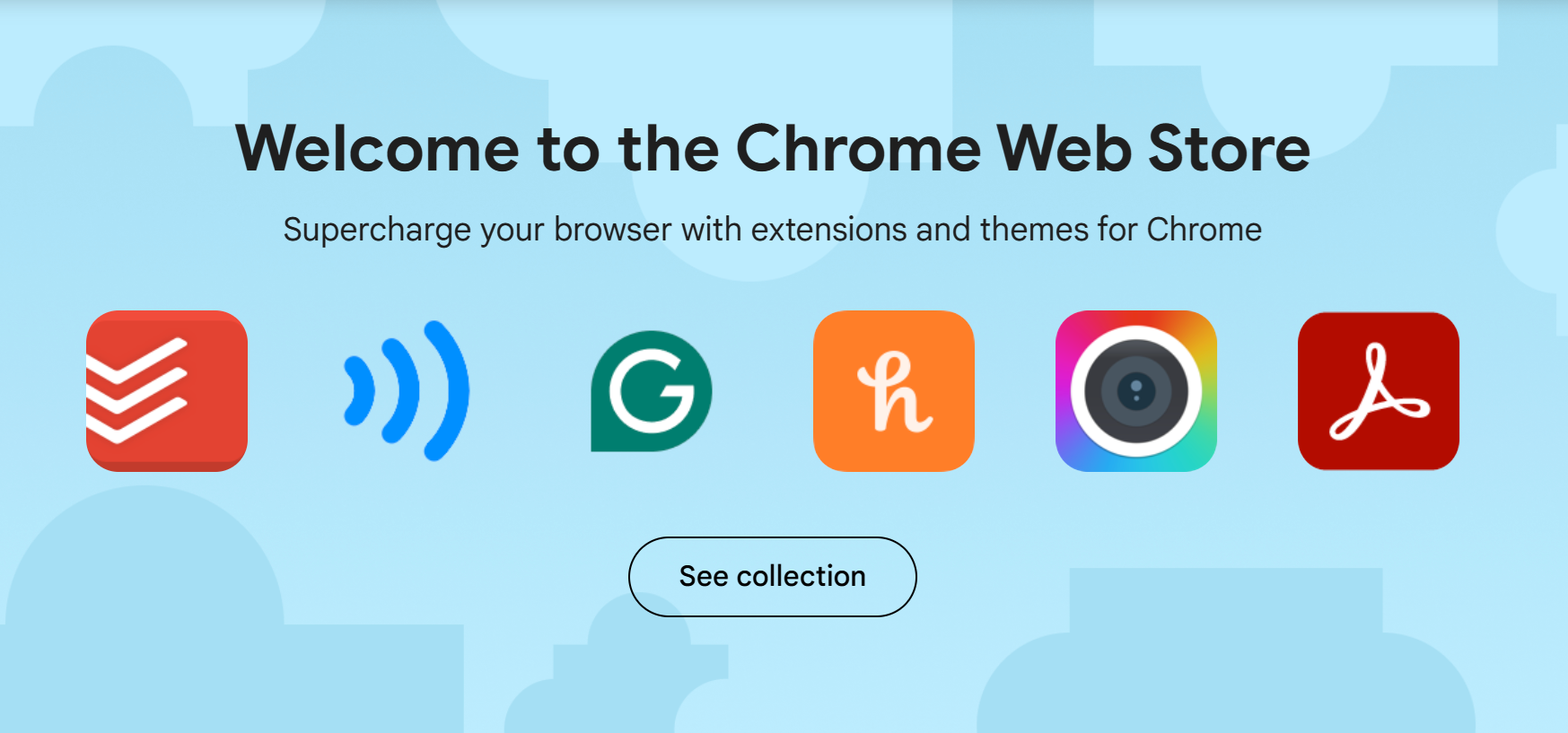Briefly: Simply how dangerous is the issue of malicious extensions on the Chrome Net Retailer? That will depend on who you consider. Google, for its half, says lower than 1% of all installs embrace malware. However a gaggle of college researchers declare 280 million folks put in a malware-infected Chrome extension throughout a three-year interval.
Google stated final week that in 2024, lower than 1% of all installs from the Chrome Net Retailer, which now accommodates greater than 250,000 extensions, had been discovered to incorporate malware. The corporate added that whereas it was pleased with its safety document, some dangerous extensions nonetheless get by way of, which is why it additionally displays revealed extensions. “As with all software program, extensions may introduce danger,” wrote the safety workforce.
Placing a exact determine on these numbers had been researchers Sheryl Hsu, Manda Tran, and Aurore Fass from Stanford College and the CISPA Helmholtz Heart for Data Safety.
As revealed in a analysis paper, the trio examined Safety-Noteworthy Extensions (SNE) on the Chrome retailer. SNEs are outlined as an extension that accommodates malware, violates Chrome Net Retailer coverage, or accommodates susceptible code.
It was discovered that between July 2020 and February 2023, 346 million customers put in SNEs. Whereas 63 million had been coverage violations and three million had been susceptible, 280 million of those Chrome extensions contained malware. On the time, there have been nearly 125,000 extensions obtainable within the Chrome Net Retailer.
The researchers discovered that protected Chrome extensions often do not stay within the retailer for very lengthy, with simply 51.8 – 62.9% nonetheless obtainable after one yr. SNEs, however, remained on the shop for a median of 380 days (malware), and 1,248 days in the event that they contained susceptible code.
The longest surviving SNE, referred to as TeleApp, was obtainable for 8.5 years, having final been up to date on December 13, 2013, and located to comprise malware on June 14, 2022, when it was eliminated.
We’re typically suggested to verify consumer scores to find out if an app or extension is malicious, however the researchers discovered that this does not assist in the case of SNEs.
“Total, customers don’t give SNE decrease scores, suggesting that customers might not be conscious that such extensions are harmful,” the authors wrote. “After all, it is usually attainable that bots are giving faux critiques and excessive scores to these extensions. Nevertheless, contemplating that half of SNEs don’t have any critiques, plainly the usage of faux critiques isn’t widespread on this case.”
Google says a devoted safety workforce offers customers with a personalised abstract of the extensions they’ve put in, critiques extensions earlier than they’re revealed within the retailer, and constantly displays them after they’re revealed. The researchers recommend Google additionally monitor extensions for code similarities.
“As an illustration, roughly 1,000 extensions use the open-source Extensionizr challenge, 65 – 80 % of which nonetheless use the default and susceptible library variations initially packaged with the instrument, six years in the past,” the report states. Additionally they famous the dearth of upkeep that sees extensions stay on the shop lengthy after vulnerabilities are disclosed.




